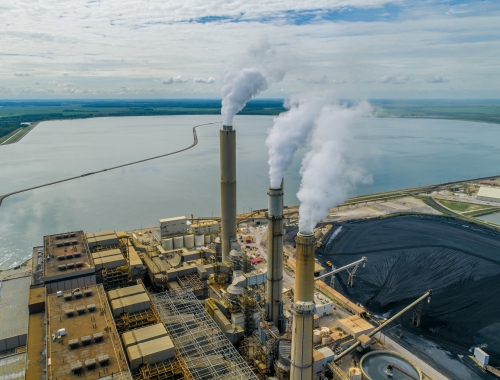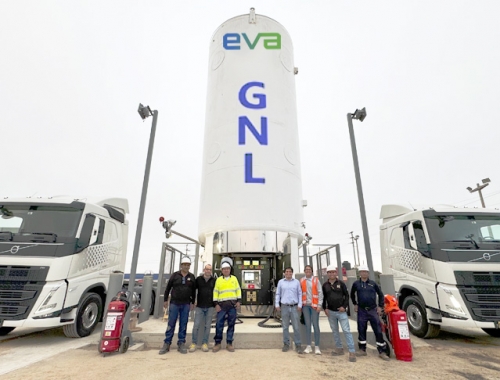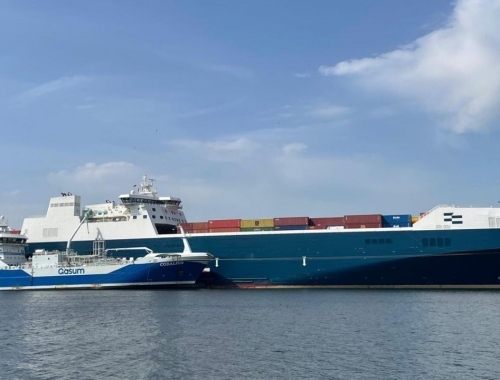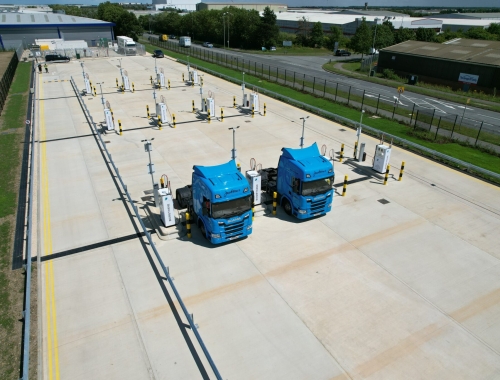Equinor to partially electrify Oseberg field
SUMMARY
The company wants to cut emissions at the field by as much as 70% by 2030.
By Joseph MurphyPOSTED IN:
Norway's state-owned Equinor reported on November 26 that it would be partially electrifying the Oseberg field in the North Sea as part of a larger project to boost gas recovery.
Oseberg produced 1mn metric tons of CO2 in 2020, down 15% from a decade earlier. But Equinor aims to reduce its emissions by a further 320,000 mt/year by 2026 by supplying it with 105 MW of power from the shore.
Full electrification may take place in the future, Equinor said, noting that its ambition was to further reduce the field's emissions by as much as 70% by 2030.
Almost all electricity in Norway is produced at hydropower dams, and Equinor has taken advantage of this to minimise emissions at many of its largest oil and gas fields offshore, including Troll.
Oseberg is the third largest oilfield ever to be brought on stream on the Norwegian shelf and is expected to produce 3.2bn barrels of crude over its lifetime. But oil production is now in the tail phase, and Equinor has filed a development plan with Norway's government to add two compressors to boost its gas flow. It hopes to recover more than 100bn m3 of gas from the site by 2040.
Equinor has a 49.3% operating stake in Oseberg, while Petoro has 33.6%, TotalEnergies 14.7% and ConocoPhillips 2.4%.







